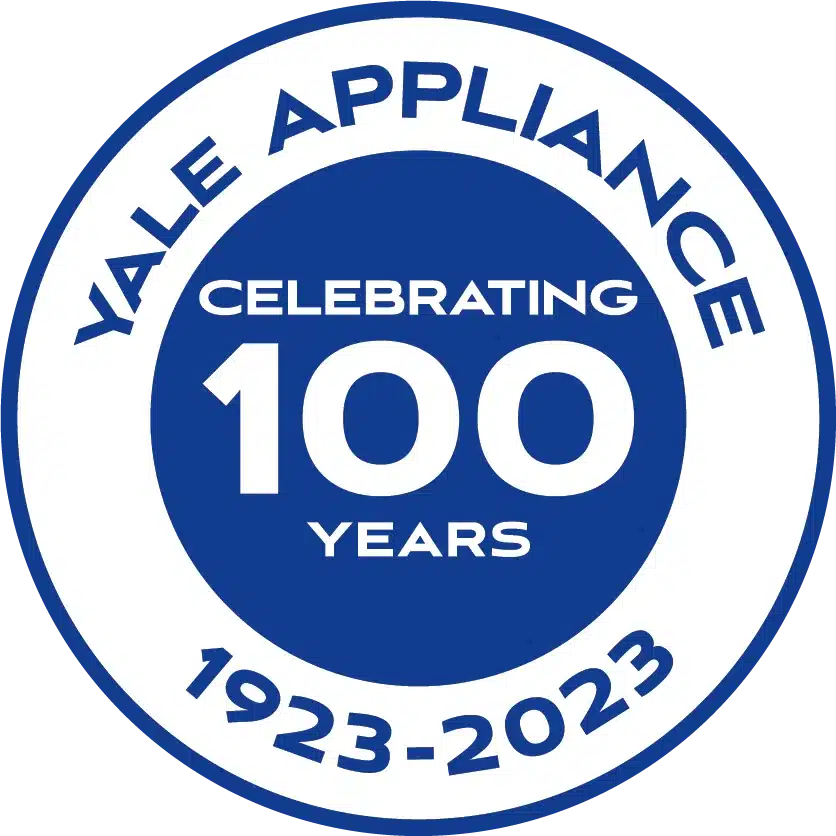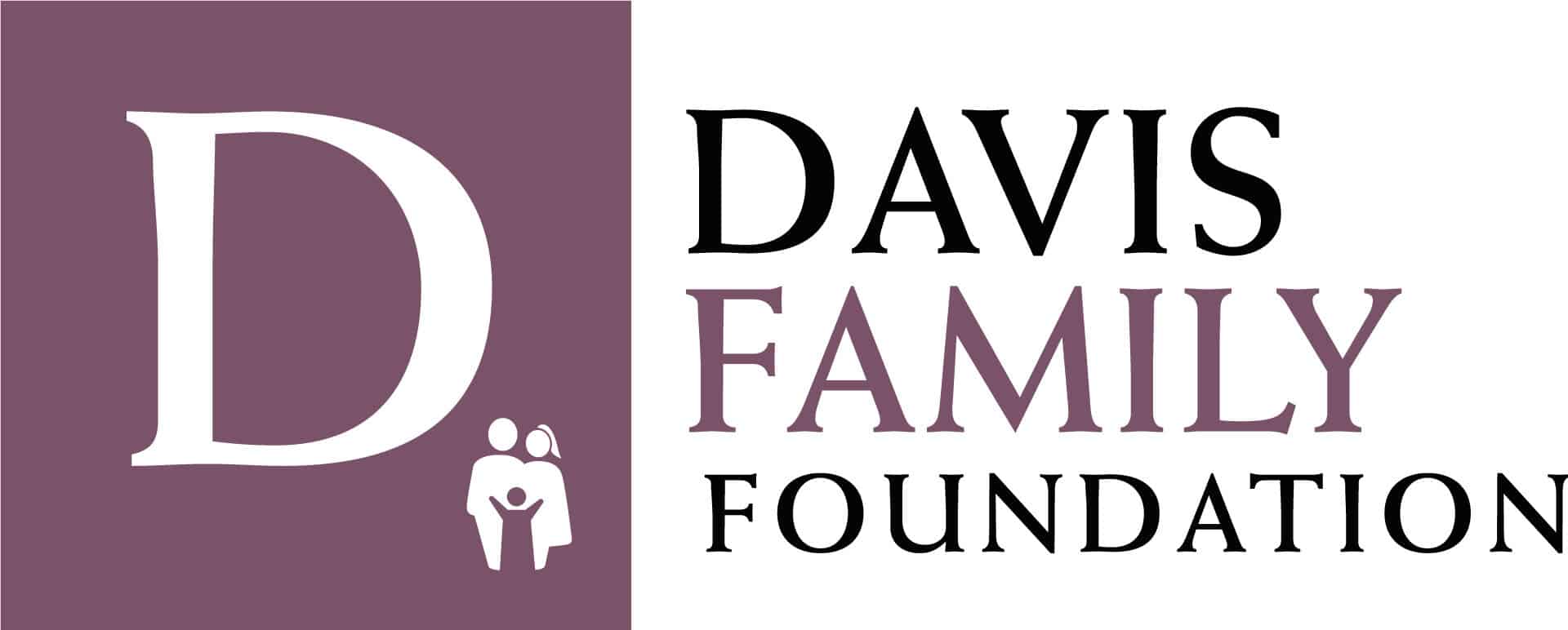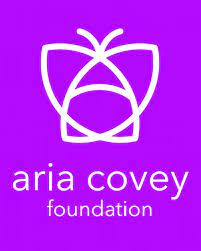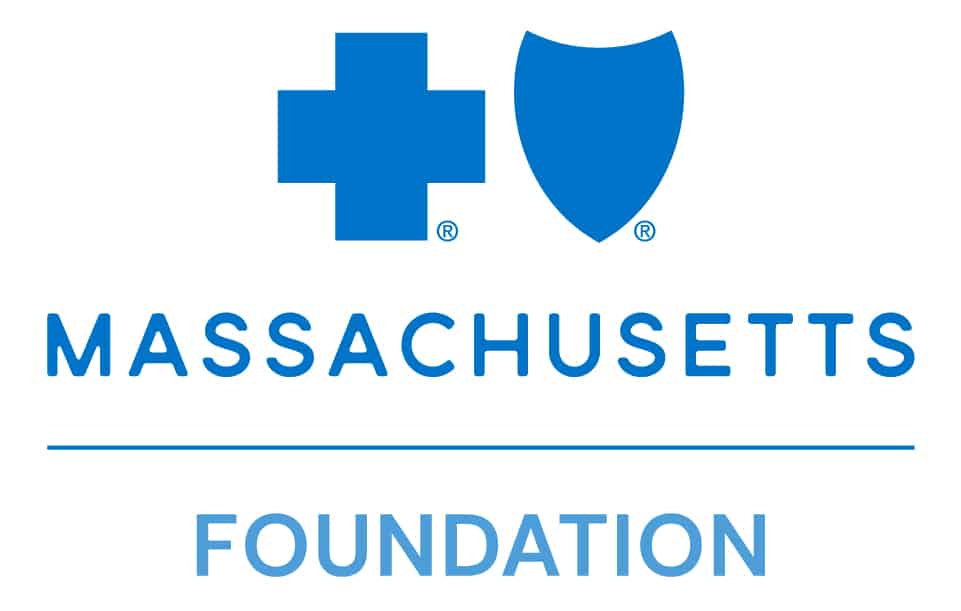
May 19 is celebrated annually as World Human Milk Donation Day. Originating in Brazil in 2004, this day was created to promote the importance of donating human milk to non-profit milk banks. Needless to say, this is a holiday we’re extremely passionate about. With that in mind, we’re sharing a few little known facts about milk banking and Brazil’s invaluable impact . . .
“We’re originally from Brazil where milk banking is very common. My older sister is also an obstetrician, so I know just how important a mother’s milk is – it really is liquid gold for a lot of babies. Having a surplus, I immediately knew I wanted to share my milk with families in need. Helping others has been incredibly fulfilling.” ~ Val, Vince’s Mom.
Brazil, the world’s leading example and other little known facts . . .
Brazil is widely considered the world’s leading example of milk banking. Boasting the world’s most comprehensive network of human milk banks (228 of an estimated 750) Brazil sets the standard for using strategies that combine low costs and high technology to provide life-saving milk for babies in need.
It all started in the 1980’s. At the time, infant mortality in Brazil was high. Recognized as an effective way to mitigate the problem, there was a push to increase breastfeeding through education and donation.
With (perhaps surprisingly) one man leading the charge. Food engineer, João Aprígio Guerra de Almeida was put in charge of Brazil’s milk banking program. By the mid 1980’s, he had a successful model. First, it was crucial that milk be supplied by donation only. This meant donors were not encouraged to “neglect” their own babies. To maintain a steady supply of donations, breastfeeding education was provided. Soon, milk banking was commonly talked about and advertised on radio and television. Lactation rooms were developed in workplaces and donation collection centers (a.k.a depots) started popping up.
But it takes a village. In comparing this model to other countries, it’s worth noting the amount of government support milk banking received in Brazil. In cities where there weren’t enough government-owned cars to reach all donors’ homes, firefighters were trained to store and transport milk.
Fortunately, hard work pays off. According to UNICEF, between 1990 and 2015 Brazil cut its mortality rate for children under five by 73% – largely due to milk banking. Recently, Aprígio was honored with the Dr. Lee Jong Wook Prize, awarded by the World Health Organization (WHO) to individuals or institutions that have contributed to major advances in public health.
A lasting legacy . . .
Many countries have since looked to and worked with Brazil to implement similar programs.
Earlier this year, The Human Milk Banking Association of North America (our accrediting agency) announced that its 33 member milk banks have collectively dispensed 10 million ounces of donor milk to hospitals across North America. This milestone underscores the critical role of donor milk in providing vital nourishment to fragile infants. Additionally, World Human Milk Donation Day is now proudly celebrated by milk banks and milk bank supporters in more than 66 countries.
We’ve come a long way in the last twenty years and we’re ready for more . . .
Growing up in Brazil, I’ve always known the importance of breastfeeding. But I know that it doesn’t come easily for everyone. Lucky enough to have a surplus of milk, I felt compelled to share this gift. It’s an honor to help make a difference for families in need. I’d encourage all those who are willing and able to consider becoming a milk donor.” ~ Rafael, Lara’s Mom
Despite increasing awareness of milk banking, the need for donor milk continues to grow. This is largely due to rising prematurity rates and more infants being born with medical conditions requiring specialized care. To help ensure donor milk is always available for babies in need, please consider becoming a milk donor today. Not in a position to donate? Spread the word when you tell friends and family about Mothers’ Milk Bank Northeast.










